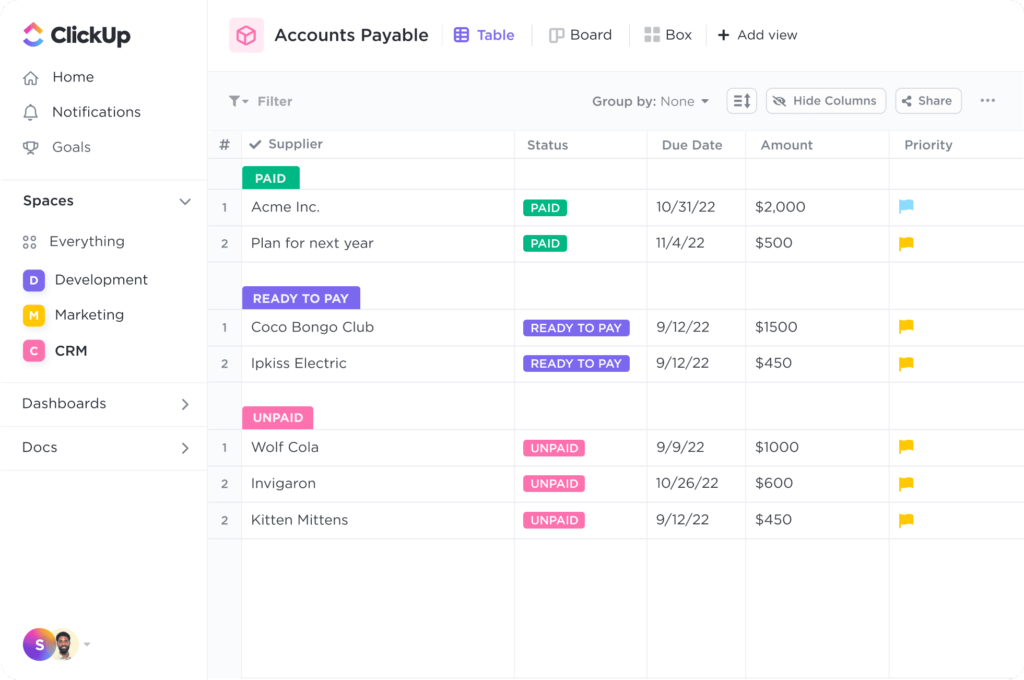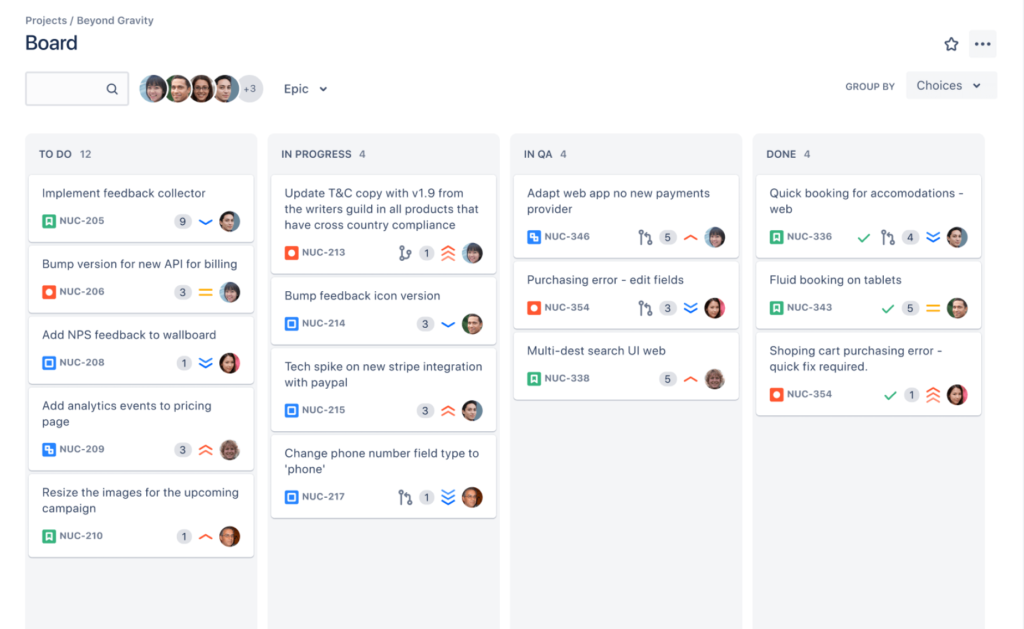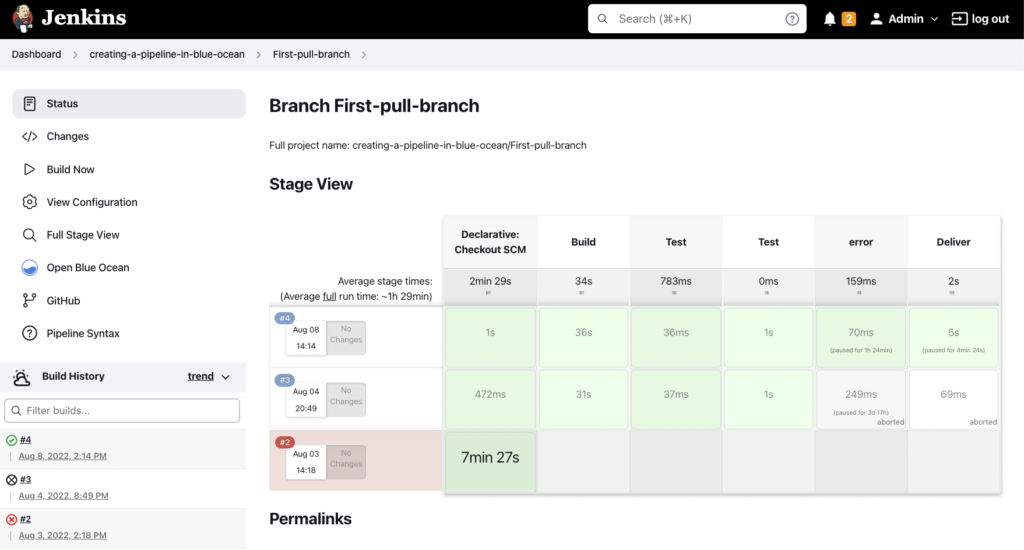Remote Work and Distributed Teams: Thriving in the Software Development Landscape
In the last 4 years, the world of work has changed dramatically. Due to the COVID-19 pandemic, many companies gave employees the opportunity to work from home all the time or at least one day a week. According to the American Opportunity Survey, 58% of job holders in the United States – the equivalent of 92 million people – can work remotely at least part of the time. And since remote work and distributed teams are becoming more prevalent, especially in the software development industry, effective management is crucial for organizations aiming to maintain productivity and collaboration.
In this article, we’ll explore best practices for managing remote software development teams, focusing on communication, collaboration, productivity, and fostering a strong remote work culture.
Communication: The Foundation of Successful Remote Teams
According to Remote Workforce Report 2023, 53% of decision makers hire remotely, both in-country and internationally, to get top talent. That’s why they need to establish clear communication channels and collaboration rules inside the teams. We’ve prepared the list of recommendations you can follow to avoid obstacles and keep track of the project’s progress.
Establish Clear Communication Channels
- Use various channels like email, video conferencing tools (Zoom, Microsoft Teams), instant messaging (Slack), and project management tools (Jira, Asana).

- Determine the best channels for specific communication types, such as updates or brainstorming. You can try ClickUp as the right tool to track updates and progress, yet it won’t suit all types of communication.

Set Communication Expectations
- Set guidelines for response times, meeting attendance, and communication styles.
- Promote open and transparent communication to build trust.
Schedule Regular Check-ins and Meetings
- Plan daily or weekly stand-ups to update everyone on project progress.
- Hold regular one-on-one meetings with team members to discuss individual progress and challenges. If the team consists of more than 10 people, holding one-on-one meetings may be time-consuming, you can entrust this task to the HR department.

Leverage Asynchronous Communication
- Use asynchronous communication to accommodate different time zones and schedules.
- Employ tools that facilitate asynchronous communication, like shared documents (Google Docs) and project management tools (Jira, Asana).

Cultivate Active Listening Skills
- Encourage team members to actively listen to their colleagues during meetings and conversations.
- Promote empathy and understanding by acknowledging different perspectives and experiences.

Collaboration: Working Together While Apart
Software development is a collaborative process, where trust and transparency may play a crucial role. Therefore, you’ll need to introduce the right set of tools and practices for collaboration inside the distributed remote team.
Foster a Culture of Collaboration
- Encourage team members to share ideas and knowledge.
- Create an environment where constructive feedback is welcomed.
Use Collaborative Tools and Platforms
- Implement tools like shared document editors (Google Workspace, Microsoft Office 365), version control systems (Git, GitHub), and project management platforms (Jira, Asana).

- Provide training for team members to effectively use these tools.
Establish Clear Roles and Responsibilities
- Define each team member’s role and responsibilities to avoid confusion and duplicated efforts.
- Ensure everyone understands their contribution to the project and its overall goals.
Encourage Cross-Functional Collaboration
- Facilitate collaboration between different departments or functional areas.
- Implement processes and tools that enable cross-functional teams to work together, such as code review tools (GitHub) and continuous integration and deployment tools (Jenkins, CircleCI).

Create Feedback Loops
- Encourage team members to provide regular feedback on processes, tools, and workflows.
- Use retrospectives and lessons learned sessions to identify areas for improvement and implement necessary changes.
Overcome Cultural and Language Barriers
- Provide language and cultural training for team members working across different countries and cultures.
- Encourage team members to share their cultural background and experiences to promote understanding and inclusivity.
Maintaining Productivity: Keeping Teams Focused and Motivated
Set and Track Goals and Objectives
- Establish clear, measurable goals for the team and individual members.
- Regularly review progress and adjust goals to maintain motivation.
Implement Time Management Strategies
- Encourage time management techniques like time blocking, the Pomodoro Technique, or the Eisenhower Matrix.

- Provide resources to help team members manage their time and workload effectively.
Monitor and Evaluate Performance
- Assess team and individual performance using metrics like completed tasks and project milestones.
- Provide feedback and support for performance improvement.
Foster Work-Life Balance
- Encourage team members to set boundaries between work and personal life, such as setting designated work hours and creating a dedicated workspace.
- Promote a healthy work-life balance by providing resources for stress management and self-care.
Empower Autonomy and Decision-making
- Encourage team members to take ownership of their work and make decisions within their areas of expertise.
- Support a culture of trust and accountability that enables team members to grow and contribute meaningfully to the project’s success.
Create a Supportive Environment
- Provide resources and tools that help team members overcome challenges and obstacles.
- Encourage peer support and mentorship among team members to promote personal and professional growth. There are plenty of tools for promoting professional growth, which provide the right environment for cooperation between mentors and mentees.
Building and Sustaining a Remote Work Culture
Create a Sense of Belonging and Inclusivity
- Encourage team-building activities like virtual events, online games, and social gatherings.
- Implement initiatives that promote diversity, equity, and inclusion.
Encourage Continuous Learning and Development
- Offer professional growth opportunities like online courses, workshops, and mentorship programs. There are plenty of tools for promoting professional growth, which provide the right environment for cooperation between mentors and mentees.

- Foster a culture of continuous learning where team members share knowledge and expertise.
Recognize and Reward Achievements
- Regularly acknowledge team and individual accomplishments through recognition programs, shout-outs, or awards.
- Implement a performance-based reward system to incentivize high-quality work and dedication.
Adapt and Evolve with Changing Technologies and Trends
- Stay informed about emerging trends and technologies in remote work and software development.
- Continuously evaluate and update tools, processes, and strategies to ensure the team remains agile and adaptive.
Promote Transparency and Trust
- Encourage open communication about project progress, challenges, and successes.
- Foster a culture of trust by being transparent about company goals, expectations, and the decision-making process.
Develop Leaders within the Team
- Identify team members with leadership potential and provide them with opportunities to grow and develop their skills.
- Encourage a culture of leadership where individuals take initiative and responsibility for the success of the team.
Address Mental Health and Well-being
- Promote mental health awareness and provide resources to help team members manage stress, anxiety, and other mental health challenges.
- Create an environment where team members feel comfortable discussing mental health concerns and seeking support.
Evaluate Remote Work Policies Regularly
- Regularly review and update remote work policies to ensure they remain effective and align with the company’s goals and values.
- Solicit feedback from team members to identify areas for improvement and make necessary adjustments.
Wrapping Up
Successfully managing remote and distributed developer teams in the digital age requires a proactive and adaptive approach. By focusing on communication, collaboration, productivity, and fostering a strong remote work culture, organizations can ensure their teams remain efficient and effective, even when working from a distance. Implementing these best practices and leveraging digital tools and technologies will not only contribute to the success of individual projects but also enable the organization to stay competitive in the rapidly evolving world of software development.
Incorporating the human aspect of remote work is essential in creating an environment where team members feel valued, motivated, and connected. Prioritizing work-life balance, professional development, and team-building activities can significantly impact the overall well-being and satisfaction of employees, leading to higher retention rates and better performance.
As technology and the nature of work continue to evolve, organizations must be willing to adapt their management strategies to suit the changing needs of their teams. By staying informed about emerging trends and best practices, organizations can navigate the challenges of remote and distributed software development, ensuring long-term success and resilience in the ever-changing landscape of work. Embracing these practices will enable organizations to thrive in a world where remote work is becoming increasingly common, maximizing the potential of their software development teams and achieving outstanding results.




